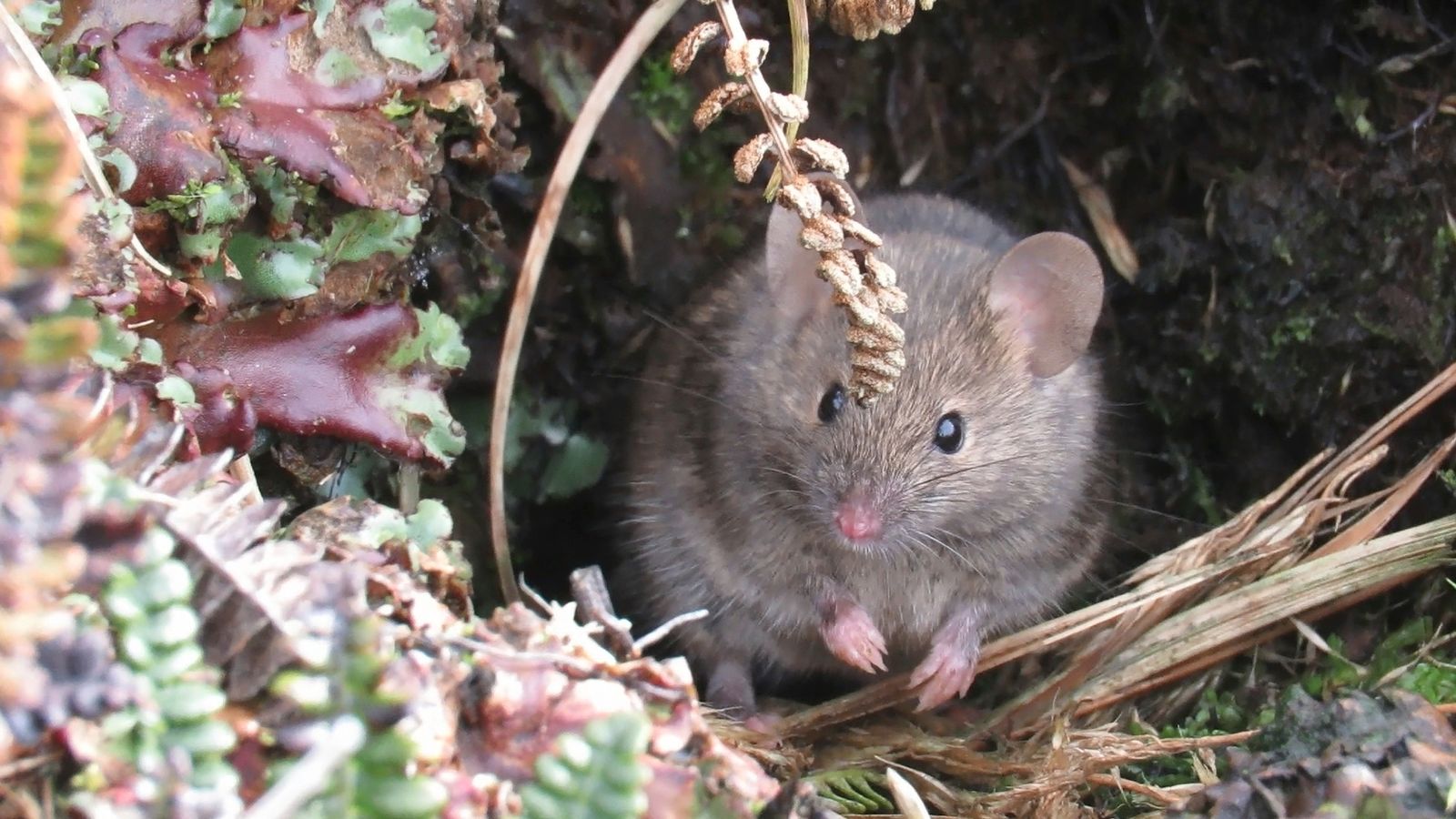A million out of control mice that are feasting on seabirds and causing havoc on a remote island are to be exterminated.
The whiskered rodents were accidentally introduced to Marion Island 200 years ago and are breeding wildly as climate change raises temperatures.
Now conservationists are taking drastic action on the tiny island situated in the sub-Antarctic Indian Ocean, between Antarctica and South Africa – with no margin for error.
The Mouse-Free Marion project – pest control on a grand scale – will see up to six helicopters drop 550 tons of rat poison across the island.
But if even one pregnant mouse survives, their prolific breeding ability means it may have all been for nothing.
The island is home to globally significant populations of nearly 30 bird species and a rare undisturbed habitat for wandering albatrosses – with their 10-foot wingspan – and many others.
Undisturbed, at least, until stowaway house mice arrived on seal hunter ships in the early 1800s, introducing the island’s first mammal predators.
Rising temperatures have seen the mouse population soar in the last few decades, says Dr Anton Wolfaardt, the Mouse-Free Marion project manager.
“They are probably one of the most successful animals in the world. They’ve got to all sorts of places,” he says.
But now on Marion Island, “their breeding season has been extended, and this has resulted in a massive increase in the densities of mice”.
Read more:
Applications open for Antarctica’s penguin post office
Bird flu found in king penguins for first time
Rough estimates indicate there are more than a million mice on the island, an uninhabited South African territory. They are feeding on invertebrates and, more and more, on seabirds – both chicks in their nests and adults.
It might seem surprising, but a single mouse can actually feed on a bird several times its size.
Dr Wolfaardt says the birds have not developed the defence mechanisms to protect themselves against these unfamiliar predators and often sit there while mice nibble away at them. Sometimes multiple mice swarm over a bird.
Conservationists estimate that if nothing is done, 19 seabird species will disappear from the island in 50 to 100 years, he said.
The bait that will be used to kill the mice has been designed to not affect the soil or the island’s water sources.
It shouldn’t harm the seabirds, who feed out at sea, and won’t have negative impacts for the environment, Dr Wolfaardt said. Some animals will be affected at an individual level, but those species will recover, he added.
But it won’t be for a couple of years yet, with a go-ahead date of 2027 planned.
The project also needs to raise around $25m (£19.6m) – some of which has been funded by the South African government – and get final regulatory approvals from authorities.
This story originally appeared on Skynews


